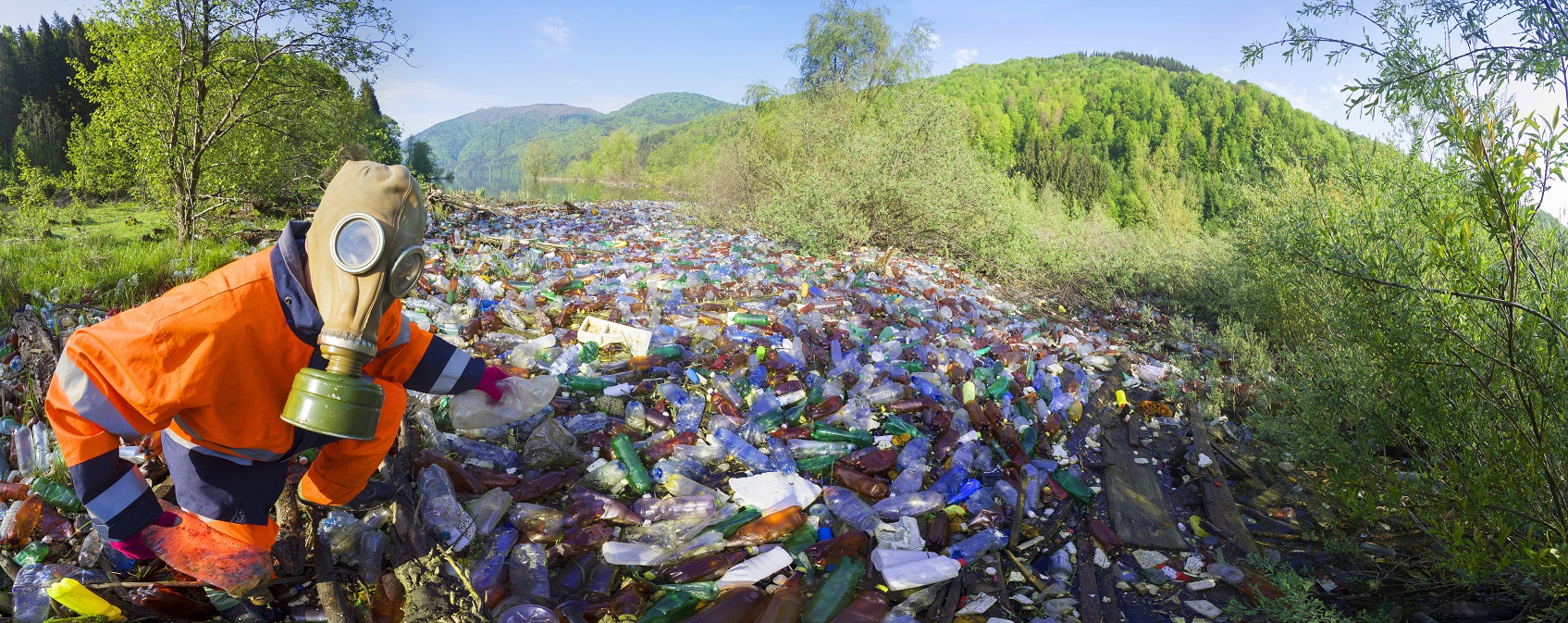The U.S. Environmental Protection Agency (EPA) announced it was commemorating the 20th anniversary of its Superfund Redevelopment Initiative (SRI). SRI was launched in 1999 with the goal of returning formerly contaminated lands to long-term sustainable and productive reuse for communities across the country. Returning Superfund sites back to productive use has resulted in dramatic changes in communities by improving the quality of life, raising property values and providing needed services to communities.
“Over the past 20 years, the Superfund Redevelopment Initiative has proven that incorporating reuse early in the process removes barriers to redevelopment and ensures that cleanup plans promote future economic and recreational opportunities,” EPA Administrator Andrew Wheeler says. “Thanks to SRI, hundreds of formerly contaminated sites have been transformed into hubs of economic, recreational or residential activity. Promoting redevelopment and community revitalization is a top priority of this administration and [it’s] one of the key goals of the agency’s Superfund Task Force.”
“Superfund cleanups can result in converting a once environmentally compromised site into an economic and community asset,” EPA Regional Administrator Pete Lopez says. “EPA is collaborating with public and private, local, state and federal partners to transform once blighted landscapes into viable and productive properties. We are taking action across our region to work with communities and other stakeholders to consider integrating reuse options into the cleanup process.”
Before SRI, contaminated sites were targeted for clean-up, but not necessarily put back into productive use. By considering reuse early in the site cleanup process, SRI works to ensure that desired future uses are compatible with site cleanup remedies and removes barriers that could keep areas vacant or underused.
Depending on site conditions and community preferences, sites can be reused for a multitude of purposes, including commercial, recreational, ecological and residential uses. SRI has helped communities turn former lumberyards into parks, landfills into solar farms, former smelters into health clinics and gravel pits into baseball fields. EPA provides communities with points of contact, as well as case studies and best practices to help bring these projects to fruition.
Overall, approximately 1,000 Superfund sites are in reuse today—more than half the number of sites on Superfund’s National Priorities List. EPA has data on over 8,600 businesses at 529 of these sites. In fiscal year 2018 alone, these businesses generated $52.4 billion in sales, which is more than four times the amount EPA has spent at these sites. These businesses employed more than 195,000 people who earned a combined income of $13 billion. Over the last seven years, these businesses generated at least $263 billion in sales.
Today, 59 Superfund sites are also home to alternative energy facilities. As of September 2018, these facilities provided enough energy to power approximately 95,000 homes. Wind, solar and landfill gas facilities make up about 92 percent of these projects.
Over the last few years, as part of the Superfund Task Force work, EPA developed a nationwide list of Superfund National Priorities List sites with the greatest expected redevelopment potential. The list helps promote a renewed focus on accelerating work and progress at all Superfund sites while working to successfully return sites to productive use after cleanup is completed.
IMEC Technologies provides Safety Management Software to increase worker safety and aid compliance. IMEC’s Safety Management Software will manage inspections and audits, provides hazard identification, incident reporting, management of corrective and preventative actions from generation to closure. IMEC provides lock out tag out software solutions that will allow users to create lockout tagout procedures using an intuitive Mobile App and Manage Lockout Tagout Procedures, also the Review and Execution of those Lockout Tagout Procedures using the Mobile App. Annual Lockout Tagout Procedures audits are conducted using a Mobile App. The Mobile Inspection App allow users to perform inspections and audits, for example the system can be used as a Fire Extinguisher Barcode Inspection Software system to manage monthly fire extinguisher inspections and general fire safety inspections and also to record safety observations and manage corrective actions, anywhere and anytime. The solution can be used as a fire extinguisher barcode inspection software system or life safety inspection system to aid compliance in Higher Education, Healthcare, Industrial and Commercial Organizations. Benefits from a Fire Extinguisher Barcode System include the elimination of paperwork and reducing the burden of compliance with regulations such as NFPA, The Joint Commission. The Incident Reporting App allows users to easily and quickly report incidents, hazards and near-misses, these are then sent to the appropriate people for action and are managed to closure. Web Apps provide features such as, setup, management, scheduling tools, analysis, reporting and dashboards etc with the ability to report incidents to government bodies such as OSHA and RIDDOR. HazMat T&T is a hazardous waste management software solution designed for Environmental Service Companies and companies who generate a large quantity of hazardous waste. The solution tracks hazardous waste from cradle to grave aiding compliance, providing accurate waste inventory, increasing waste handling efficiency, reducing risk and also helps manage waste costs. HazMat T&T Hazardous Waste Management Software can be deployed in a number of deployment scenarios, from Large Hazardous Waste Generators, tracking their hazardous waste at their site to Environmental Service and Waste Management Companies using it track and manage hazardous waste at transfer and disposal sites. For more information visit our website www.imectechnologies.com

